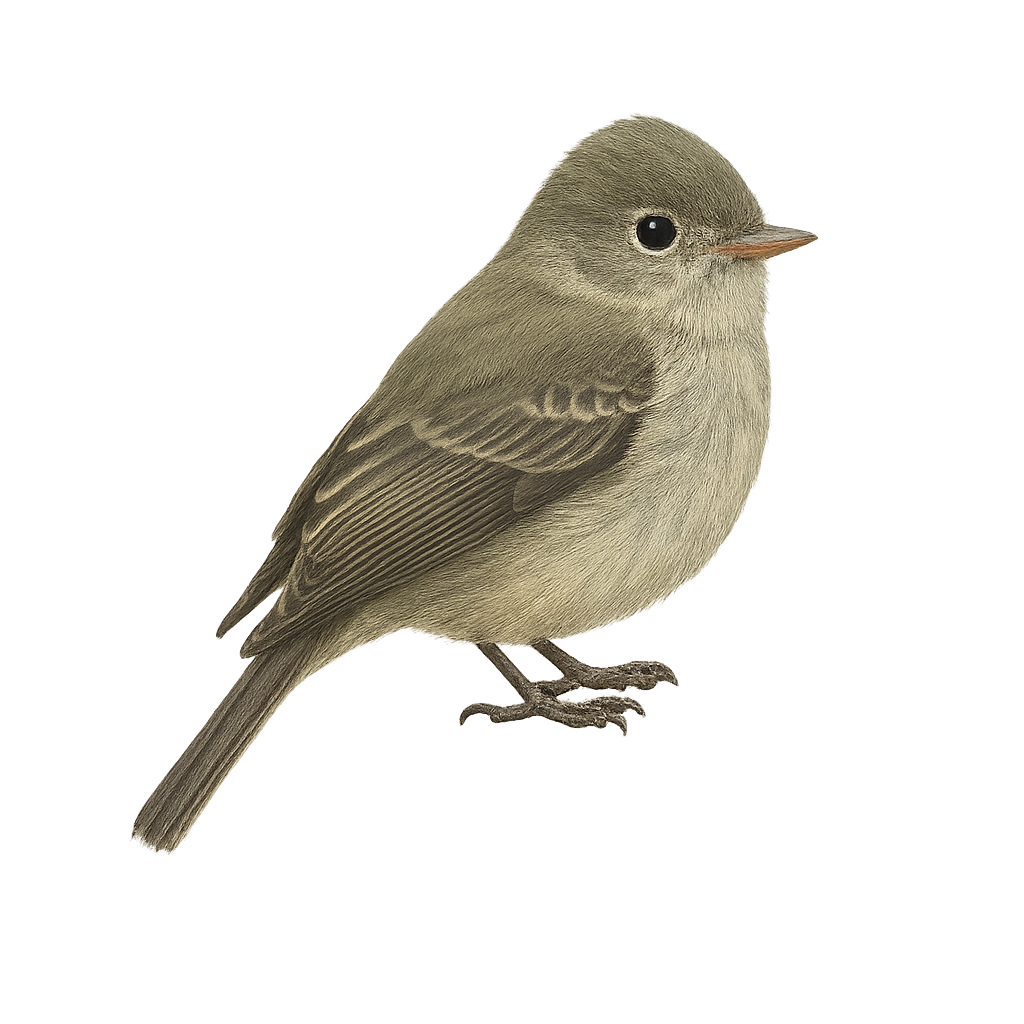Your wildlife photography guide.
Explore the hammond's flycatcher in detail, study its behavior, prepare your shots.
Where to observe and photograph the hammond's flycatcher in the wild
Learn where and when to spot the hammond's flycatcher in the wild, how to identify the species based on distinctive features, and what natural environments it inhabits. The WildlifePhotographer app offers tailored photography tips that reflect the hammond's flycatcher’s behavior, helping you capture better wildlife images. Explore the full species profile for key information including description, habitat, active periods, and approach techniques.
Hammond's Flycatcher
Scientific name: Empidonax hammondii

IUCN Status: Least Concern
Family: TYRANNIDAE
Group: Birds
Sensitivity to human approach: Suspicious
Minimum approach distance: 10 m
Courtship display: May to June
Incubation: 14-15 jours
Hatchings: June to July
Habitat:
Coniferous forests, mountains, wooded areas
Activity period :
Primarily active during the day, with peak activity in the morning and late afternoon.
Identification and description:
The Hammond's Flycatcher, or Empidonax hammondii, is a small passerine bird belonging to the Tyrannidae family. It is primarily found in the coniferous forests of North America, especially in mountainous regions. This flycatcher is characterized by its gray-olive plumage, lighter belly, and wings marked with two white wing bars. Its beak is relatively short and dark, suitable for its insectivorous diet. During the breeding season, it builds its nest in trees, often at considerable heights. Its song is a key element for identification, consisting of a series of high-pitched, repetitive notes. Although discreet, it is often detected by its distinctive song.
Recommended lens:
400 mm – adjust based on distance, desired framing (portrait or habitat), and approach conditions.
Photography tips:
To photograph the Hammond's Flycatcher, it is advisable to use a 400mm or longer telephoto lens to capture detailed images without disturbing the bird. Look for it in coniferous forests, especially during singing periods. Be patient and discreet, as this bird can be suspicious. Try to capture its natural behavior, especially when catching insects in flight. Morning or afternoon light can provide the best conditions for well-lit photos.
The WildlifePhotographer App is coming soon!
Be the first to explore the best nature spots, track rutting seasons, log your observations, and observe more wildlife.
Already 1 429 wildlife lovers subscribed worldwide

